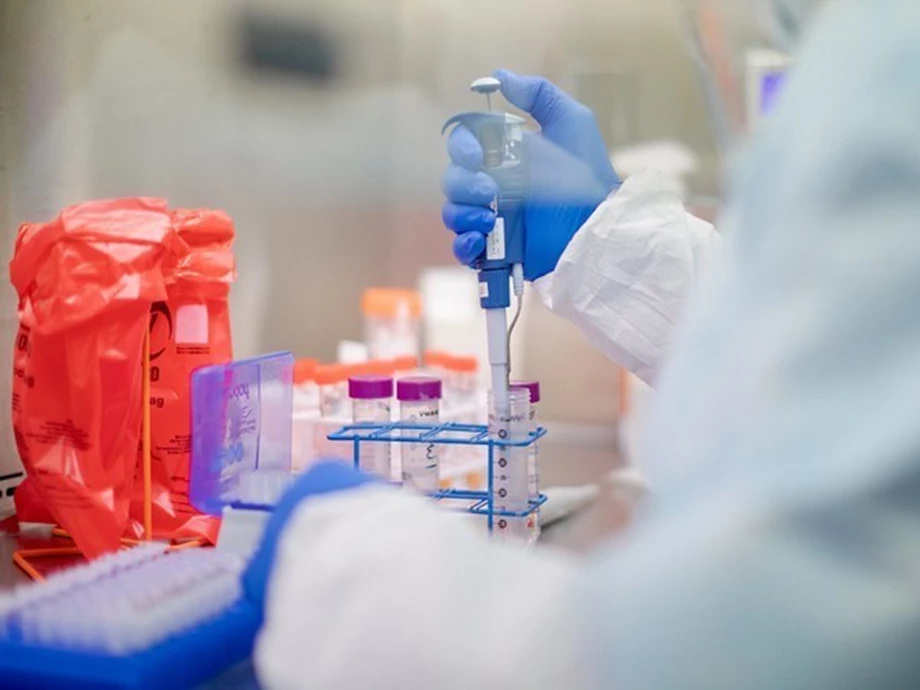Your Chances of Surviving Cancer
Understanding how cancer work is a vital part to the battle against this disease

Understanding cancer is not difficult if we start looking at cancer from the inside. The cancer starts in the cells, and Cells can break off from a malignant tumour and start to grow in another part of the body, this is known as a secondary tumour. Cells in these tumors are abnormal and divide without control or order. They can invade and damage nearby tissues and organs. Cells grow by dividing in half, such that one cell will become two, and two become four (these new cells are called daughter cells), etc . Normally, there are very strict rules as to when a cell can grow or not.
Cells in benign tumors do not spread to other parts of the body. Most important, benign tumors are rarely a threat to life. Cells deprived of oxygen die and decay, which is why some cancers have an odor. The term for this new blood vessel growth is angiogenesis.
Obviously as you may know already, malignant tumors are cancerous. These tumors contain cells that divide and grow without order. Malignant tumors (cancers) can spread to other tissues or organs nearby or to other parts of the body. This is called metastasis . Malignant tumors are tumors that are capable of spreading by invasion and metastasis. By definition, the term "cancer" applies only to malignant tumors.Malignant means that the disease, if not treated, can progress and lead to death. Malignant tumors are cancer. Cancer cells can invade and damage tissues and organs near the tumor. Malignant tissues can invade and damage other tissues and organs. Cancer cells can then break away from the tumour and enter the bloodstream or lymphatic system, spreading the cancer to other parts of the body.
The serious part of this is that malignant tumours metastasize to other organs of the body and continue developing unlimitedly.
In the other hand Benign tumors can often be removed by surgery, and they are not likely to return. Some tumors of the testicle are benign, but most are not. Benign tumors are not usually life threatening. Benign tumors, although they may cause some health problems depending on their size and location, are not life-threatening.
Benign (noncancerous) tumors can also grow anywhere in your mouth. Benign tumors are well-differentiated ---in other words, they differ only slightly in appearance and behavior from their tissue of origin. These tumors are slow growing and noninvasive, do not spread throughout the body, and will often have a fibrous tissue capsule around them.
Treatments are related to a particular cancer’s usual behavior. For a cancer that is aggressive locally (where it is first detected), local treatments such as surgery, radiation therapy, and photodynamic therapy may be used. Treatment depends on the kind of treatment the patient had when first treated. If the patient had surgery alone, the patient may have surgery again or radiation therapy.
Radiation therapy destroys or damages cancer cells by targeting high energy x-rays to the tissues. Radiation therapy is usually painless and is provided in an out patient setting. Radiation is a special kind of energy carried by waves or a stream of particles originating from radioactive substances and delivered by special machines. These radioactive x-rays or gamma rays can penetrate the cell wall and damage the nucleus of the cell which prevents growth and division of cells.
What's Your Reaction?



































































































